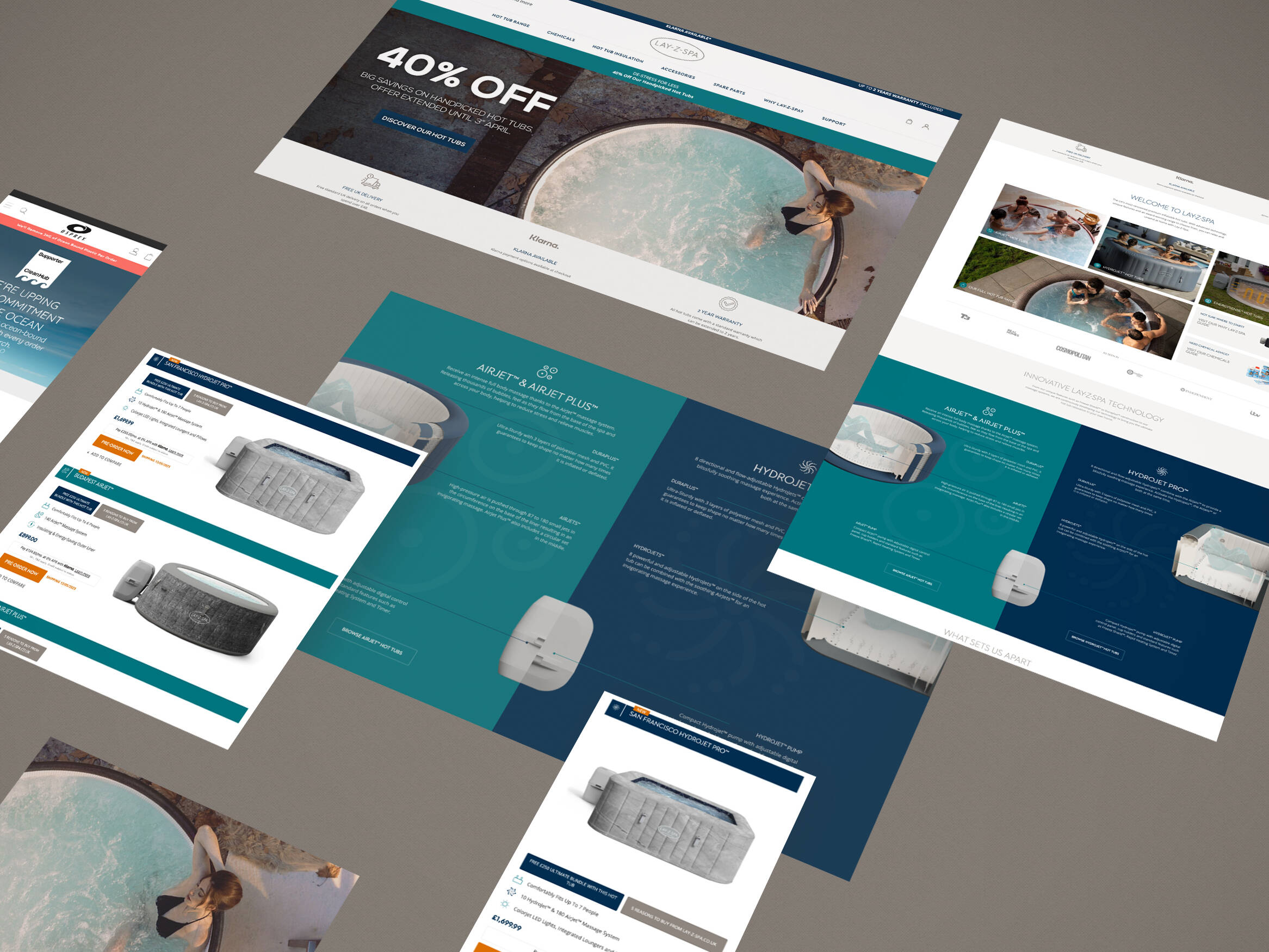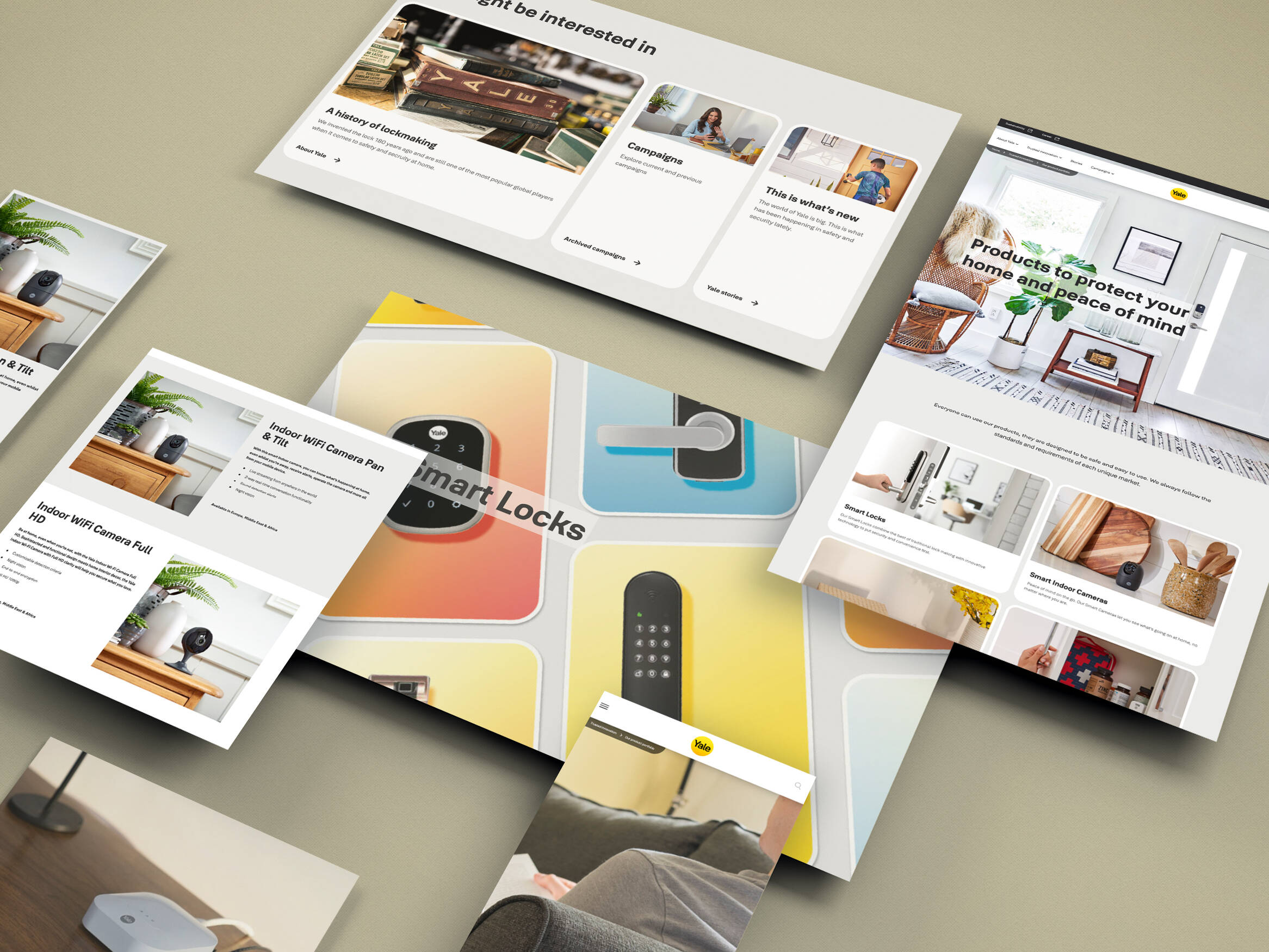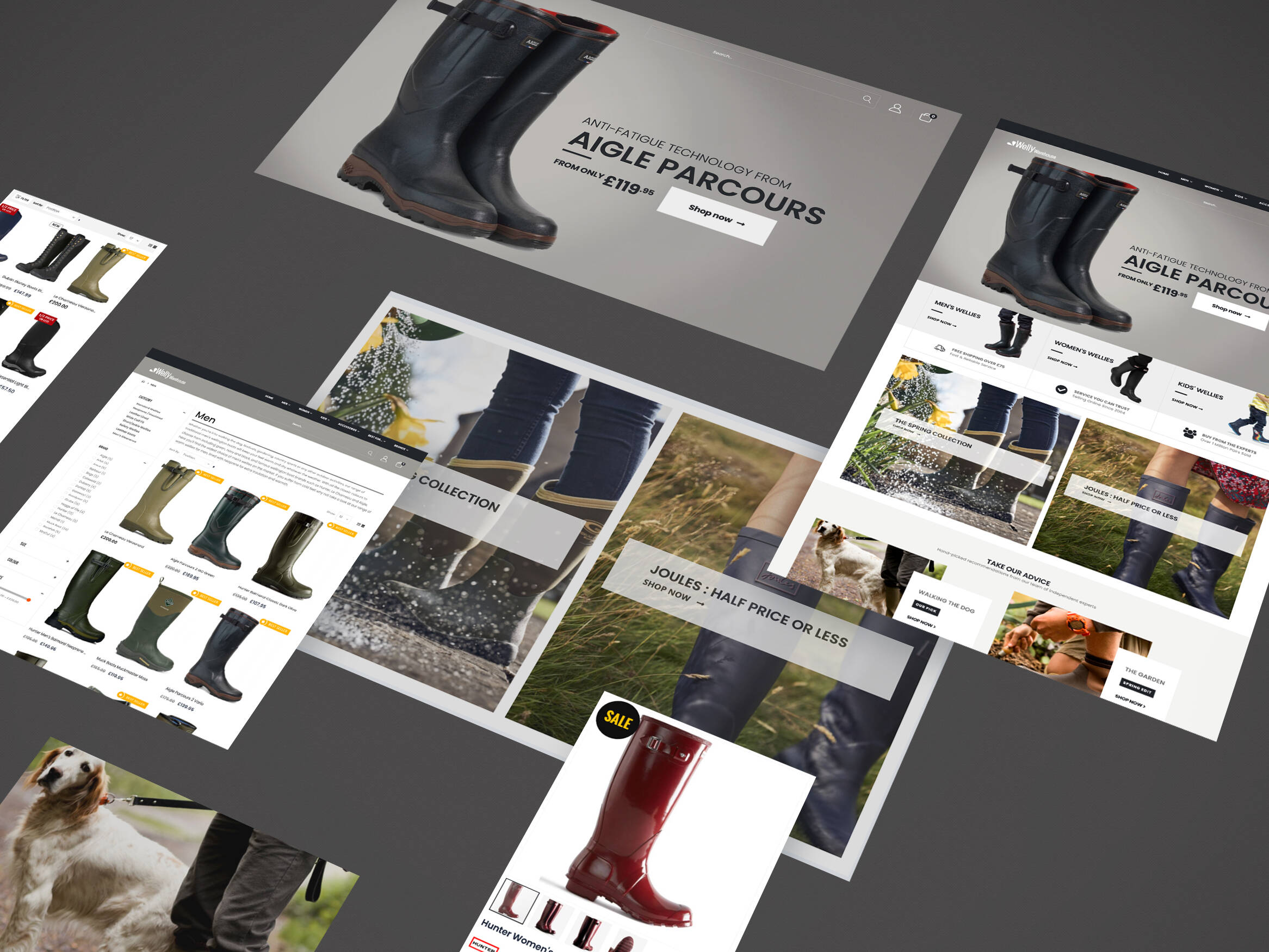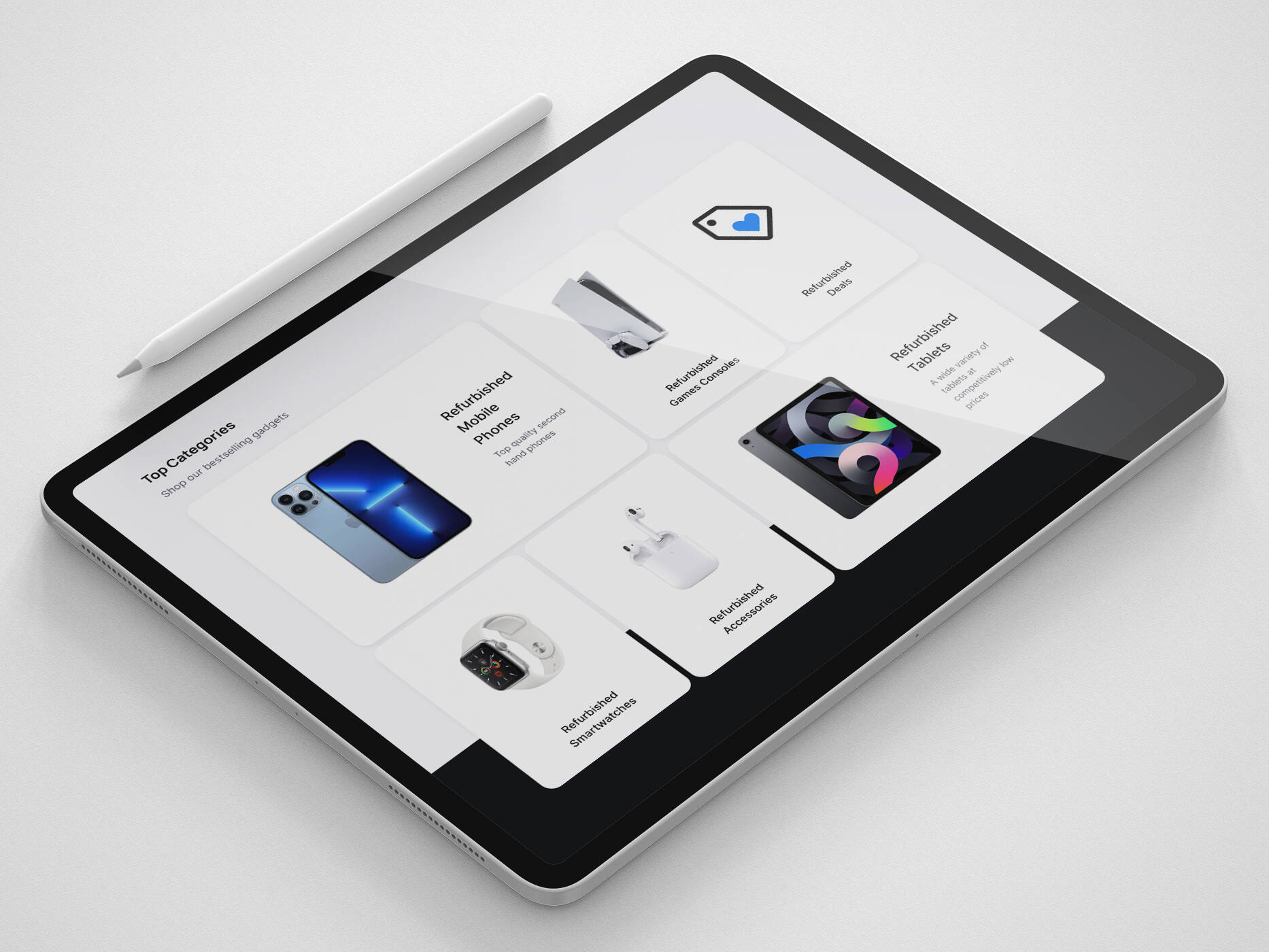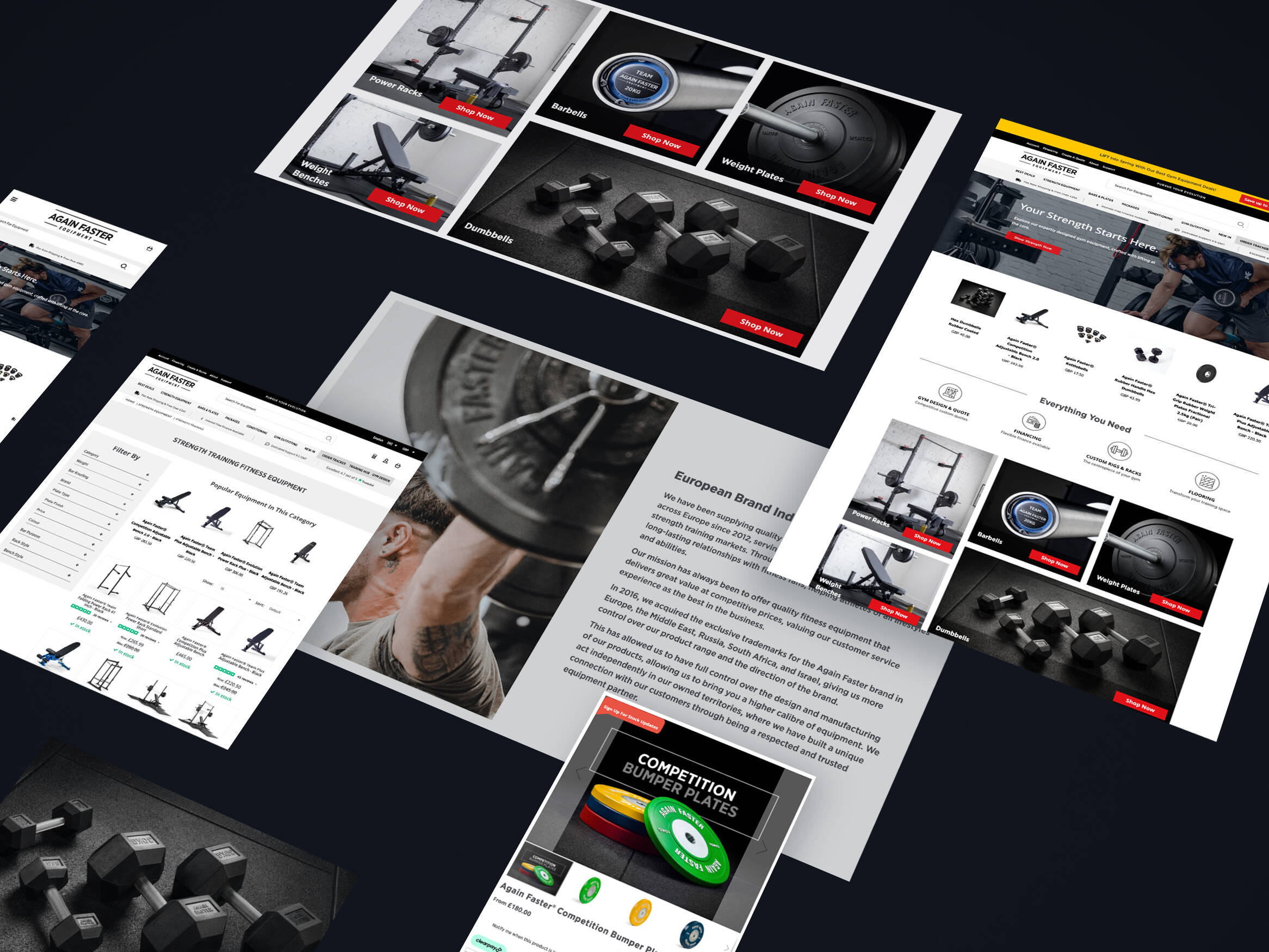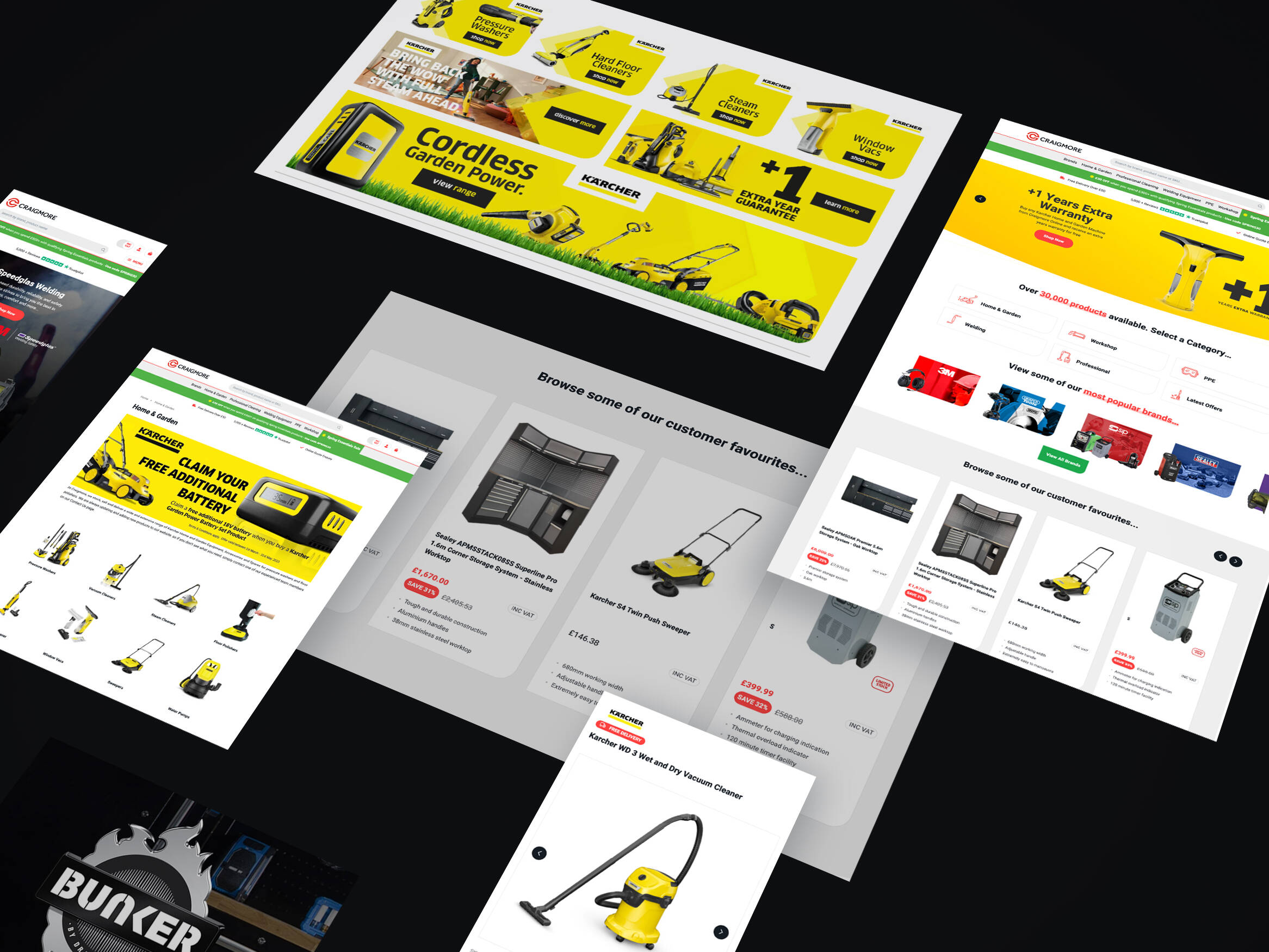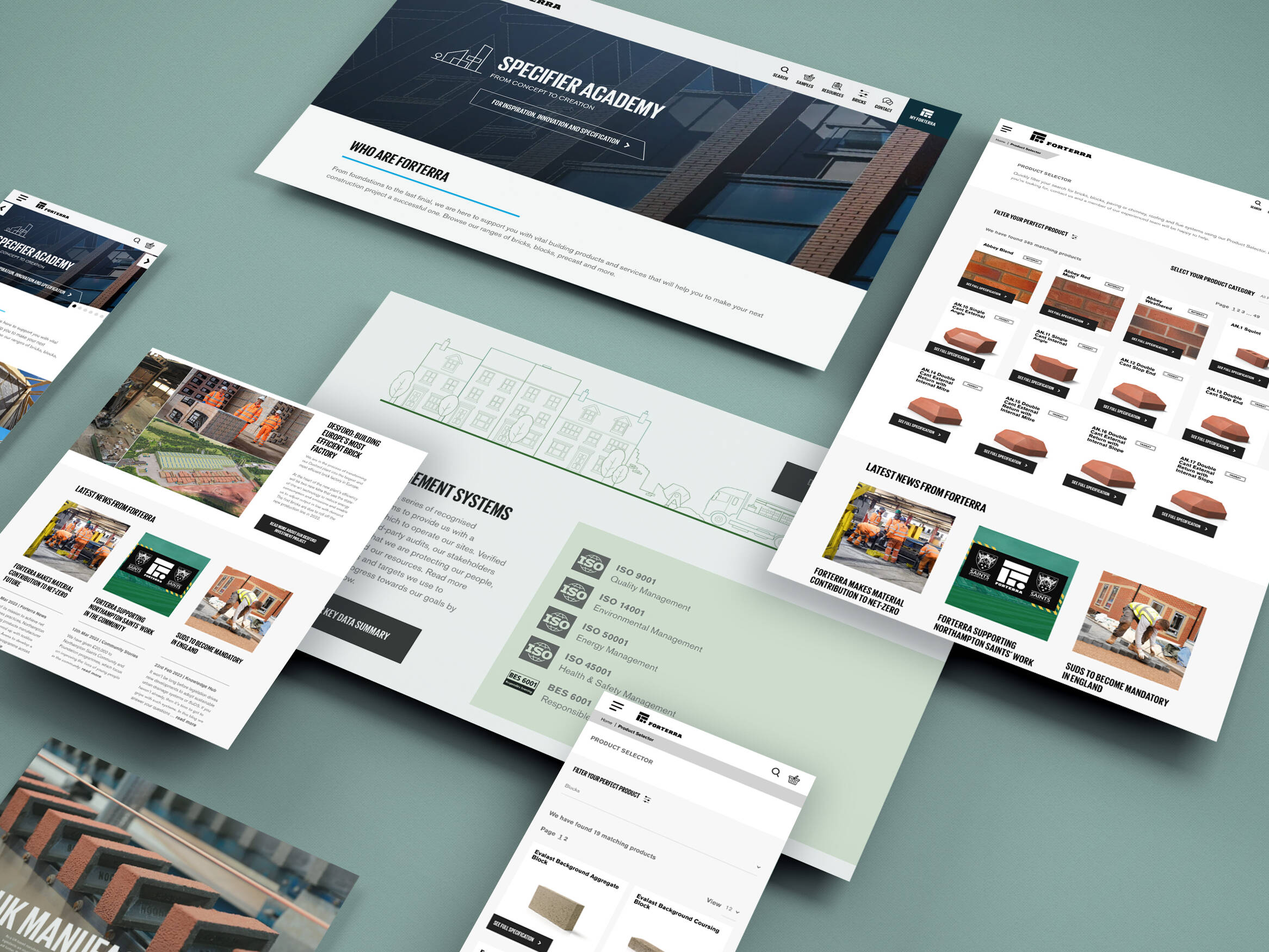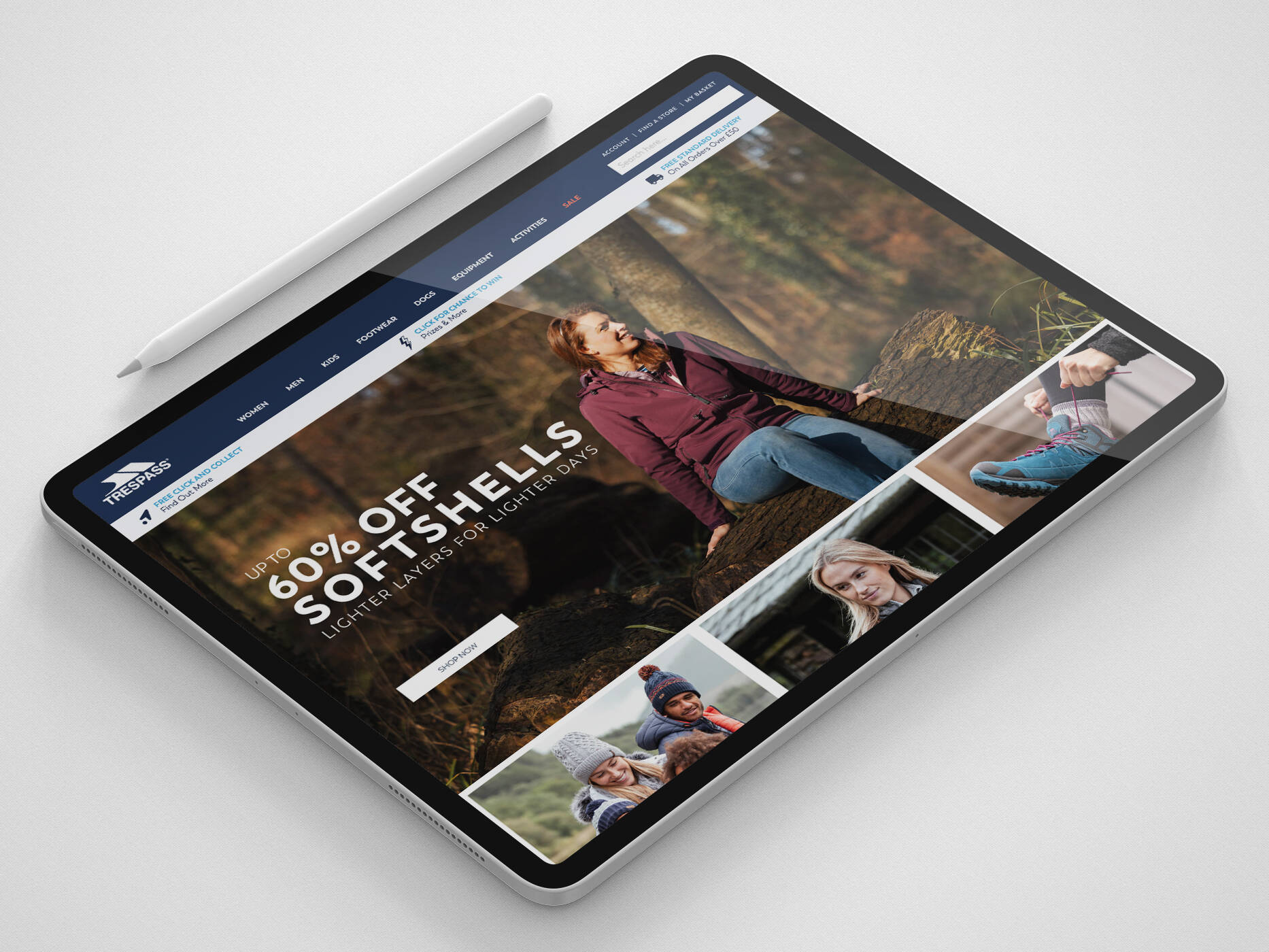In recent years we’ve witnessed a huge demand for personalised shopping experiences. For a successful eCommerce retailer, it requires having an easy-to-use website containing great search and filtering functionalities so that your customers can quickly browse the products they want, at their leisure.
It also means having a cohesive shopping experience on your social channels and in the emails you send. You should send them products similar to their previous purchases straight to their inbox in a way that they like so that they’re more likely to convert.
What is personalised marketing?
In the marketing world, personalisation is defined as marketing targeted goods or services to users based on consumer data you’ve collected about their digital presence. You should be gathering data such as demographic, region, purchasing habits and more.
Of course, depending on how much data you gather and what data you have determines the level of personalisation that you can use – the more, the better. Take a look at the example, below:
Example: ASOS Customer Data Capture
ASOS are encouraging their users to link their social accounts with their ASOS account. That way, users can easily login with this data rather than creating a new account with new passwords and usernames to remember.

This makes it particularly useful from a customer perspective and it also gives ASOS the chance to obtain more information from the consumer in a way that won’t put them off signing up for an account.
For example, if they showed multiple fields including date of birth, gender and locale, alongside the email address, delivery address and password forms, the sign-up process would seem extremely long and time-consuming which could drive customers away.
However, by logging in through social it removes the time-consuming element and still allows ASOS to capture this data.
Importance of personalised marketing
Personalisation is important for many reasons. From building customer loyalty, gaining sales from previously abandoned baskets, improving your social media followings and more.
The Econsultancy statistics below show that it works and hence, it’s a growing tactic that businesses are using to really understand their customers and give them exactly what they want when they want it and in a way that they want to view it.

- 36% of consumers expressed an interest in purchasing personalised products or services, while 48% said they’d be willing to wait longer in order to receive it.
- Econsultancy’s CRO 2017 report suggests that email is the quickest personalisation win for marketers, with 90% of survey respondents saying they personalise through this channel.
- Personalisation within search engine marketing was found to generate the biggest conversion, as 39% of marketers reported seeing a ‘major uplift’ from it.
- 65% of email marketers deem dynamic content as the most effective personalisation tactic in their arsenal.
How to get personalisation right
Personalisation is pretty easy assuming you have the right tools in place. Your personalisation tool must be the right fit for your business and industry to ensure you’re obtaining all of the data needed to get the best results.
For eCommerce customers, Nosto a leading personalisation platform that has many features you can take advantage of, including:
- On-site product recommendations through cross-selling, up-selling, displaying trending products, creating personalised landing pages and personalised search recommendations.
- On-site content personalisations including creating unique shopping experiences, personalised pages that visitors continue to return to, analyse results easily to then further optimise your content.
- Use Segmenting & Insights to understand your customers, create unique segments to better tailor products to different customer groups, leverage the full potential of AI for eCommerce and maximise the performance of re-targeting and other marketing tactics.

You must show that you are a company that cares for each individual customer. Do this by marketing products to them that they’re actually interested in. However, giving them a personalised experience isn’t the only factor you must consider.
Did You Know? We’re a Nosto Agency Partner. As a partner, we have great knowledge of the tool, how to implement it and tailor it to the individual needs of your business.
Changing customer preferences?
Customer preferences look to be shifting away from wanting a personalised experience and instead are asking for better user experience. That’s not because personalised marketing tactics don’t work, we’ve seen above that they do.
Yet, because businesses allocate a lot of their effort into personalisation, they can lose sight of creating an efficient checkout process or investing in better delivery options and so on.
Tip: Using a tool like Nosto can ensure you easily incorporate personalisation into your strategy without being too time-consuming or costly. This gives you more time to focus your attention to every aspect of your online business.
It’s great that a consumer receives personal messages, yet it’s important to understand that if the email itself doesn’t have clear calls to action to browse the item or better, add the item to your basket, these marketing efforts will be less likely to succeed. These are both elements of user experience.
Before we take a look at how you create a better user experience, we’ll understand what user experience is…
What is the user experience?
User experience (UX) refers to a person’s emotions and attitudes about using a particular product, system or service. It includes the practical, experiential, effective, meaningful and valuable aspects of human-computer interaction and product ownership.
Additionally, it includes a person’s perceptions of system aspects such as utility, ease of use and efficiency. – Prototypr
Creating a better user experience
In order to create a better user experience you must consider these 8 basics:
1. Homepage Layout
Your homepage should be inviting and make your product or service stand out with a clear message.
Keep it small and simple (KISS), ensure the most important content goes above the fold and link the logo to the homepage. That way users can easily navigate back to your home screen.
2. Loading Speed
Ensure your loading speed is quick. Ideally, it should load within 3-4 seconds though even a 2-second delay can lead to people exiting your site.
3. Content Layout
Lay your content blocks in a clean and elegant form. The less clutter on your pages, the better.
You should have enough white space, also known as “breathing space” between your elements to ensure users can distinguish between buttons, copy and product blocks.
4. Call-to-Action
Make your call to action (CTA) convincing by displaying them clearly. This is in terms of where users can find them and where they make sense to appear.
For example, “read more” should go at the bottom of a blog post snippet so once the user has read the introduction, if they’re interested, they can find out more.

5. Imagery & Video Use
Implement imagery and videos where possible. Both forms of content are great for grabbing user attention. Plus, they humanise your website which builds trust with your brand.
6. Site Search Functionality
Add a search field to make it easier for users to find the products they’re looking for.
Particularly for eCommerce sites with hundreds or even thousands of products, a search box is necessary to stop your customers from abandoning your site.
Tip: We are partners with Klevu, an A-I powered smart search tool that generates sales in real time. Contact us to find out more about our partnership benefits.
7. Contact Details
Ensure your contact details are complete and displayed prominently. For example, many sites will include a generic sales email address and assume that detail alone is enough. However, not every customer likes to communicate through email.
Giving them the option to ring, contact through social media or even send a letter will cater to their preferences which add to personalisation.
8. Site Layout Consistency
De-clutter your website. This can be applied across all aspects of the site. For example within the design, the checkout process, product pages and more.
Shopping with you must be as simple and fast as possible. If a user requires more information this information should be readily available, easy to read and quick to find using your menu.
Did You Know? A study reveals that a 2-sec delay in your website’s loading time results in 87% abandonment rates – Medium
Why is UX so important?
It’s clear that user experience is a highly important feature. Without it, your marketing tactics including personalisation will be limited in their success. As a result, it’s important that you work on both your UX Design and Personalisation tactics together.
Remember, users will allow a few seconds to consider whether your website or app is worth their time or not. To ensure you haven’t wasted your time creating a compelling email to get them there, you must understand the following:
The first encounter with your website is practically the only opportunity you get to persuade someone you can give them what they’re looking for and it’ll be an enjoyable experience.
Once you understand this, you can pair your personalisation with a great UX Design to improve your sales conversions.
Summary
To sum up, both personalisation and user experience are crucial aspects of generating the optimal level of sales. If you neglect one, it’s inevitable that the other won’t achieve its full potential.
Ultimately, you need to have that great user experience. This is in terms of an easy-to-navigate website, decluttered pages with clear calls to action, prominent contact details and a fast yet secure checkout process. These are the basics of good web design.
Once you’ve got this as a standard, it’s then onto improving the user experience through personalisation techniques:
- Displaying similar products you’ve learnt your customer will want to browse.
- Re-marketing products they’ve shown interest in but haven’t bought.
- Segmenting your customers based on data obtained to target them with relevant campaigns.
Put simply, personalisation is a key element of ensuring your customers are happy when shopping with you. So, ensure that you combine both into your strategy and you’ll be heading in the right direction.
Want some more information? Contact us to learn about our partnerships with Nosto and Klevu or alternatively, our experts are happy to help with any other query – just get in touch!
Get in touch
We know commerce, let us help you improve customer experience, increase conversion rates, and make that digital change.
- hello@iweb.co.uk

